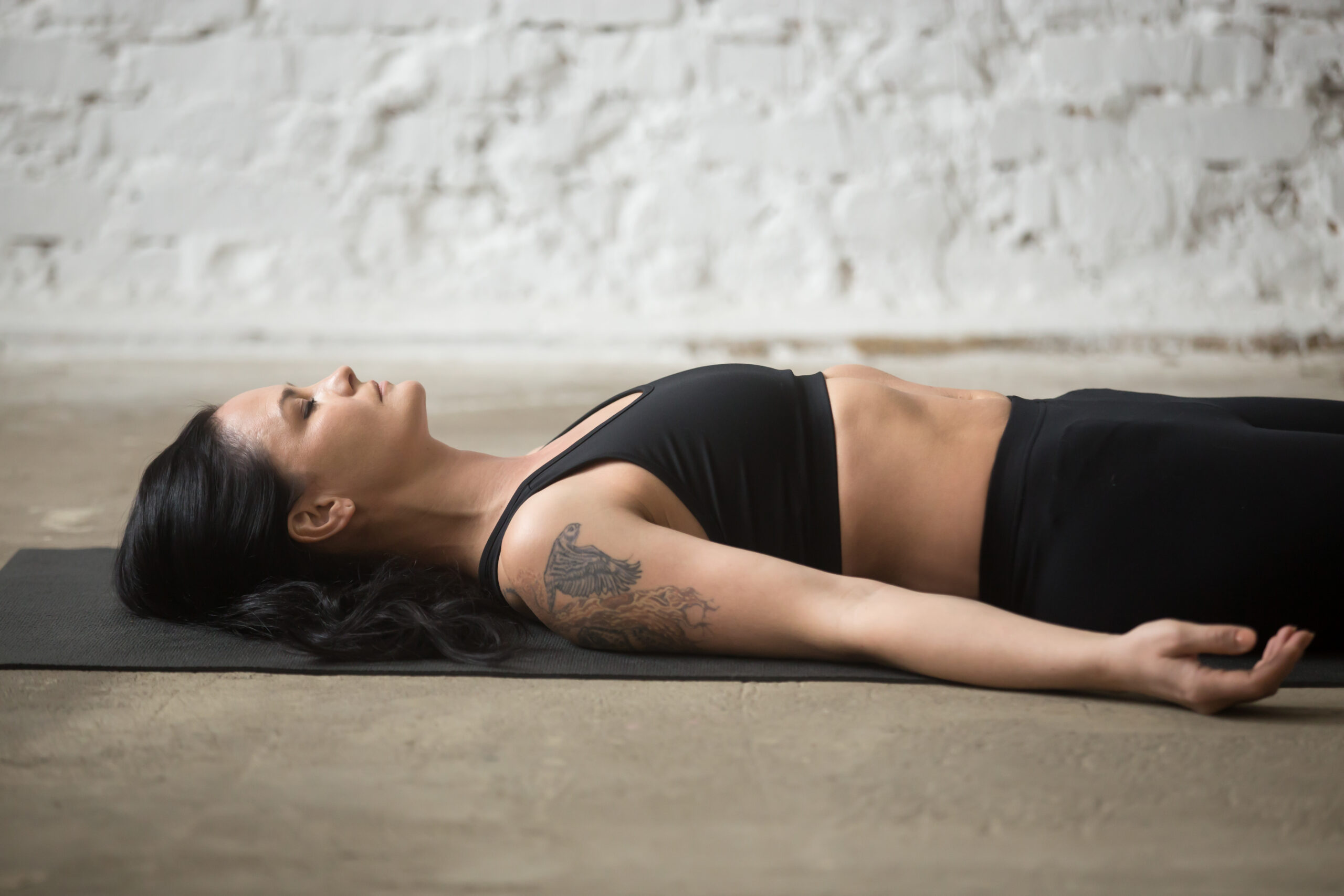What is NSDR?
Increase performance. Vivify memory. Enhance learning. Savor relaxation. Maximize health. Non-sleep deep rest (NSDR) is a state of deep relaxation in the brain and body that reconstructs neural connections and restores body systems. NSDR is like a pocket version of sleep that you can whip up to summon ultra recovery. Though it doesn’t function as a replacement for sleep, supplementary NSDR during the day can not only enhance cognition, but relieve some mental diseases.
It is vital for learning. When you learn something during the day, you will only retain that information if the neural circuits adapt– that is, if the brain physically changes how the brain cells connect with each other.
“…the strengthening of connections in the brain, the literal neural plasticity, the changing of the circuits occurs during sleep and non-sleep deep rest,” describes Andrew Huberman, a Professor of Neuroscience at Stanford University.
No rest means no learning. However, four prominent NSDR practices: yoga nidra, meditation, hypnosis, and napping can raise you into deep rest. Each features its own set of benefits.
Yoga nidra
Yoga nidra uses a script to guide the brain into “a deep state of conscious awareness sleep.” Lie down in a shavasana pose– back against ground, palms facing up, legs straight outward– and follow the instructions of the meditation, building and releasing tension in muscles, breathing, and imagining. It’s not voodoo magic. According to a review published in the International Journal of Health Sciences and Research that analyzed 30 different studies, yoga nidra holds both mental and physical health benefits.
Short term effects:
- Reduced stress
- Increased self-esteem and mindfulness
- Relaxed nervous system
- Reduced blood glucose levels (less sugar buildup)
- Reduced blood pressure
- Reduced pain
Long term effects:
- Reduced anxiety and depression
- Increased sleep
- Helped post-traumatic stress syndrome
- Reduce insomnia
- Reduced psychosomatic disorders
- Mitigated hormonal imbalance
- Decreased migraines
- Decreased cardiovascular disease
While not all of the health benefits will be experienced after doing one session because the featured studies included yoga nidra practices over a longer period of time and by a variety of subjects, each with different health needs, yoga nidra still remains a viable NSDR tool. An example of a yoga nidra script is Advanced Yoga Nidra Meditation for Restful Sleep & Relaxation by Gurudev Sri Sri Ravi Shankar, an Indian yoga master and spiritual leader.
Meditation
Mindfulness Based Stress Reduction (MBSR) is a type of meditation that involves sitting in a quiet place with straight posture while focusing on the body and breath, and mind wandering. This NSDR protocol has been shown to change brain composition. A study from the Journal of Psychiatry Research used neuroimaging technology to find that subjects doing MBSR had changes in the concentration of grey matter in brain regions that facilitates:
- Memory processes,
- Emotional regulation, and
- Perspective taking (thinking from different roles or view points)
“Grey matter is essential tissue in your brain and spinal cord that allows you to interact with the world around you. It’s the root of all mental functioning.” explains the Cleveland Clinic, a non-profit academic medical center. “The grey matter is the place where processing of sensation, perception, voluntary movement, learning, speech and cognition takes place.”
By doing NSDR meditation you not only relax the body, increase mindfulness, but increase grey matter concentrations in regions of the midbrain, cerebrum, and brain stem.
Hypnosis
Hypnosis, or hypnotherapy, is a state of deep relaxation and focused concentration. This NSDR protocol also involves using a script or hypnotherapist guide. For example, clinical hypnotherapist Michael Sealey’s audio session Hypnosis for Self Healing Energy.
Perks of hypnosis according to an 89-study review published in Journal of the American Psychological Association:
- Improved sense of wellbeing
- Greater self-control
- Improved sleep
- Increased life satisfaction
- Reduced chronic pain
What’s more is that hypnotist Ben Cale states that hypnosis is a persuasion process, where the hypnotiser convinces a person of the value of their own abilities. Despite myths such as losing consciousness or being in control by another force, hypnosis is safe– you are fully conscious and awake. The difference is that you allow for deep rest.
Napping
The most practical NSDR protocol that requires no equipment, scripts, teacher, training, or focus is napping. Go to a still, quiet place. Do not concentrate on any particular thought. Let the mind wander. Relax the tension in your muscles. Calm your breathing.
Memory increase
In the Journal of Sleep Research, Dr. Olaf Lahl and colleagues from the Institute of Experimental Psychology University of Dusseldorf, Germany, noted the memory performance of participants who napped versus those who did not. The experimental napping durations– no nap, 6 minute nap, 60 minute nap– demonstrated that both the short and long nap increased memory: “superior recall” of information. They conclude that the onset of deep rest– even for a relatively short time– triggers the consolidation of memory. Huberman also reviewed Cell Press Journal studies that showed that “brief naps of about 20 up to 90 minutes… after an attempt to learn can enhance the rate of learning and memory.”
Tips for NSDR
Before submerging into an NSDR protocol, consider these tips that will help achieve maximal success:
- Keep the NSDR session less than 90 minutes, an ultradian cycle. This will prevent you from feeling drowsy because you won’t drop into deep sleep. Longer naps or deep rest in one session may hinder sleep.
- Perform NSDR when you need a quick recharge, break, or restoring of the physical and mental body.
- Remember that doing NSDR during the day– one, two, four or even more hours after learning– is sufficient in reconfiguring and strengthening neural connections.














